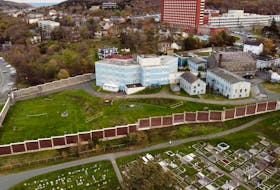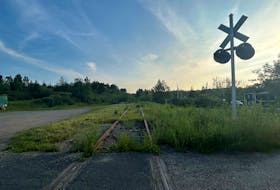Dear Editor,
As an environmental scientist with 18 years’ experience in environmental and civil engineering and water and ground water management, as well as recent experience as an environmental specialist on a power line project on the east coast, I could not help writing you after reading your article (“Wells run dry in Codroy Valley, residents believe Emera construction a factor,” the Gulf News, Nov. 20).
Emera is clearly denying that the loss of well water is due to their project. It’s very obvious that for so many over such a widespread area to lose their water, something has changed from previous years.
Yes, the water from the hills does flow toward the ocean. Some of this water is already as ground water; much of it travels overland before entering the ground and eventually becoming ground water. This is the major problem. The construction of the access roads parallel with the mountains acts as a berm, which retains water on the mountain side, draining away from sensitive areas where it normally filters through the ground and eventually to the private wells along the coast.
Another potential cause is the drilling of the anchors for the guy wires, where 3-foot holes are drilled 6-8 meters into the bedrock to hold the towers in place. Any drilling into the rock in this area could alter the ground water flow.
Furthermore, the grillage foundations are typically down 18 ft. (6m) below the surface; if a four-legged structure, this is a wide footprint of disturbed subsurface material, which can easily alter ground water flow.
In fact, as environmental specialists in the same situations, it was our duty to direct staff how to divert groundwater around and away from structures.
All of the above factors will contribute to alteration to ground water flow, and in this case, it was loss of water for many. Yes, it’s obviously not stringing the lines 25m in the air. Damage is done long before this phase of the project.
Those construction activities can very well alter the water table and ground water flow patterns.
My analysis at this time is general, and further field investigation and review of Emera’s daily environmental monitoring records could provide further insight into the matter.
Barry Gillingham, senior environmental scientist
Brilyn Environmental Services
Port aux Basques, NL









